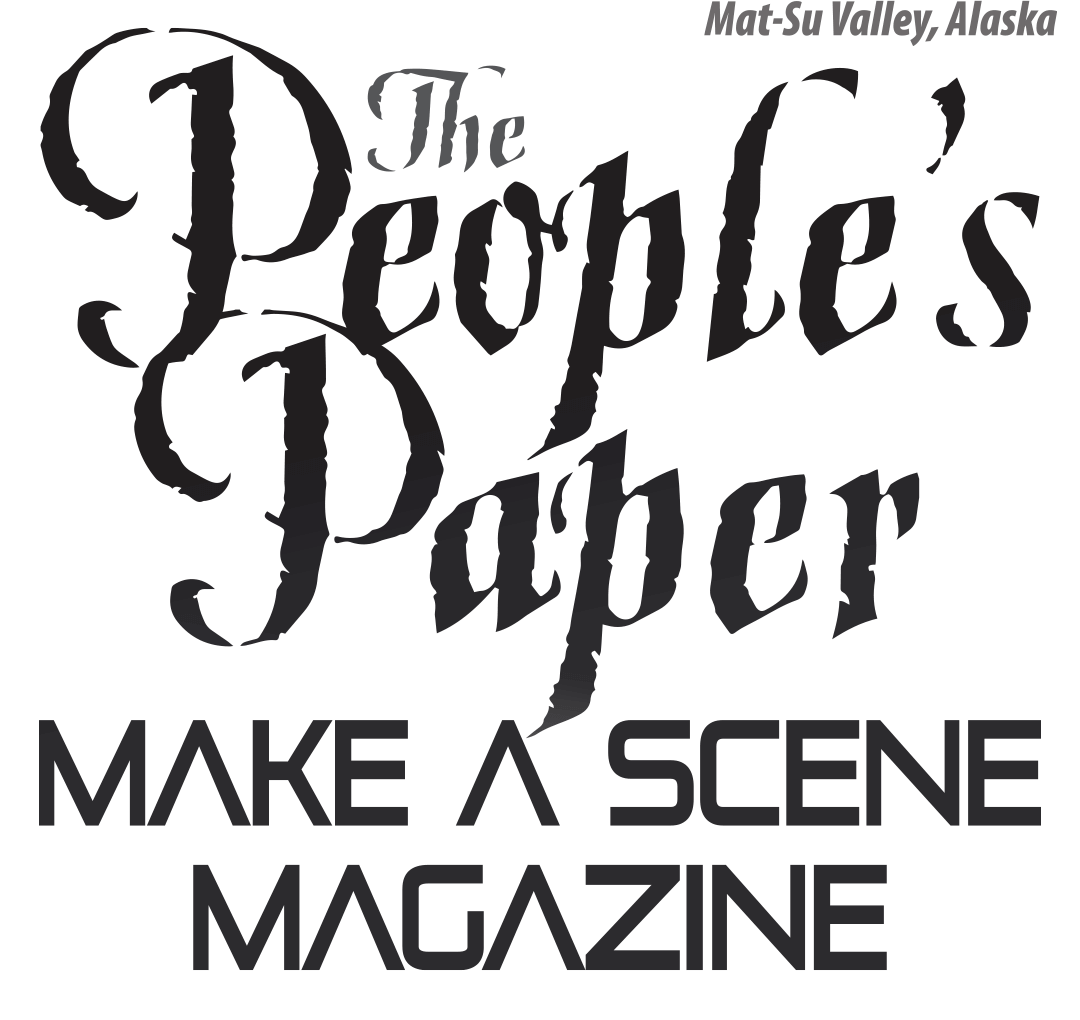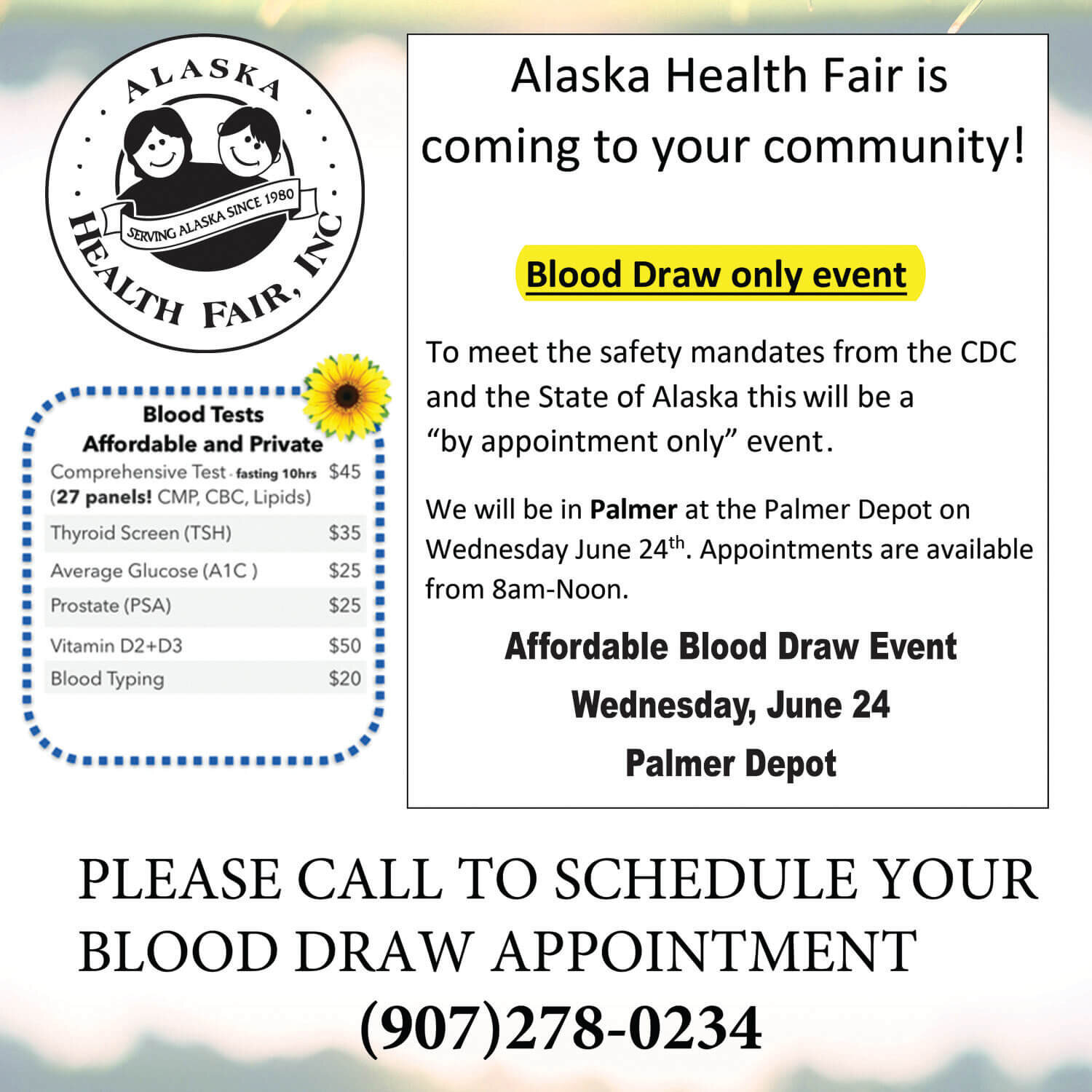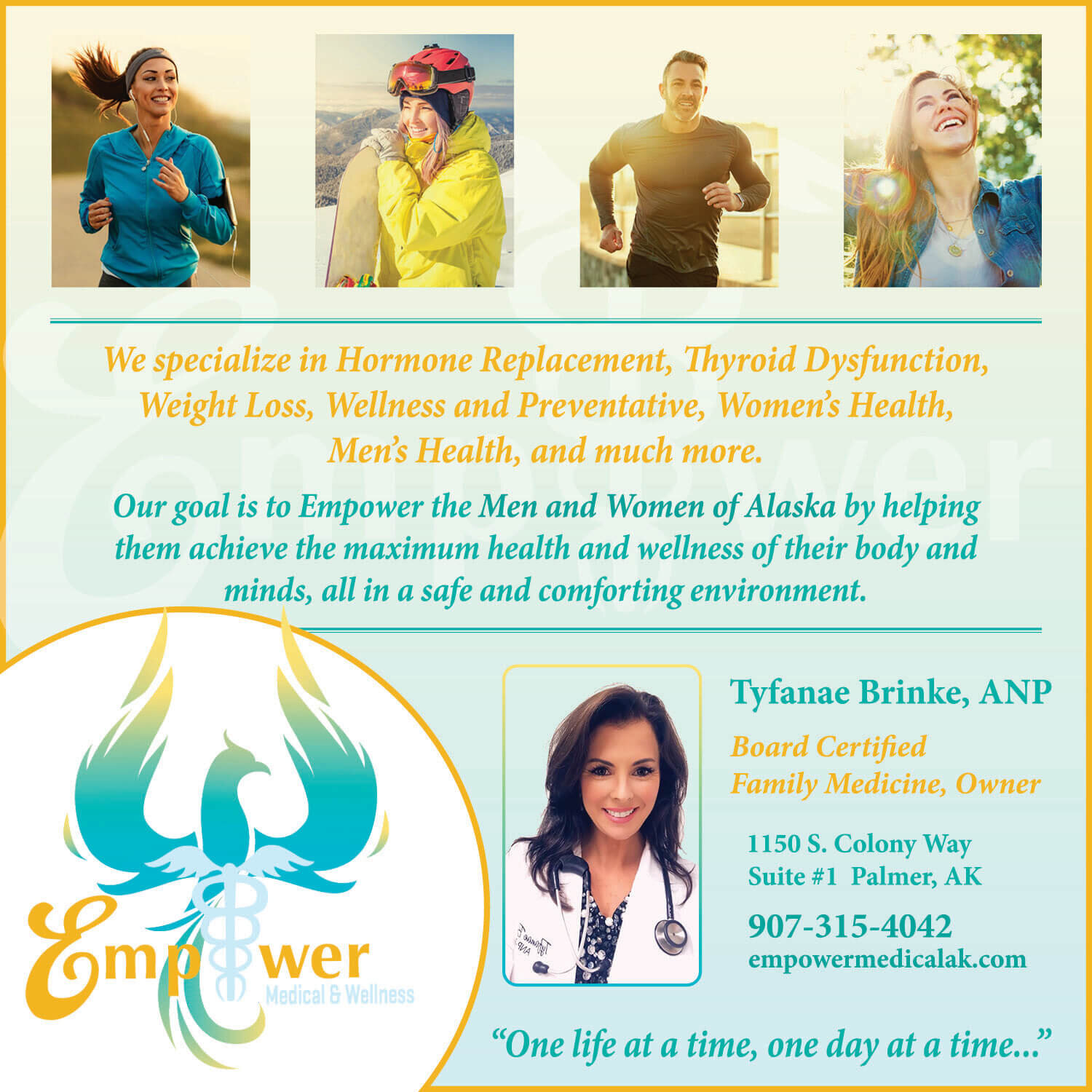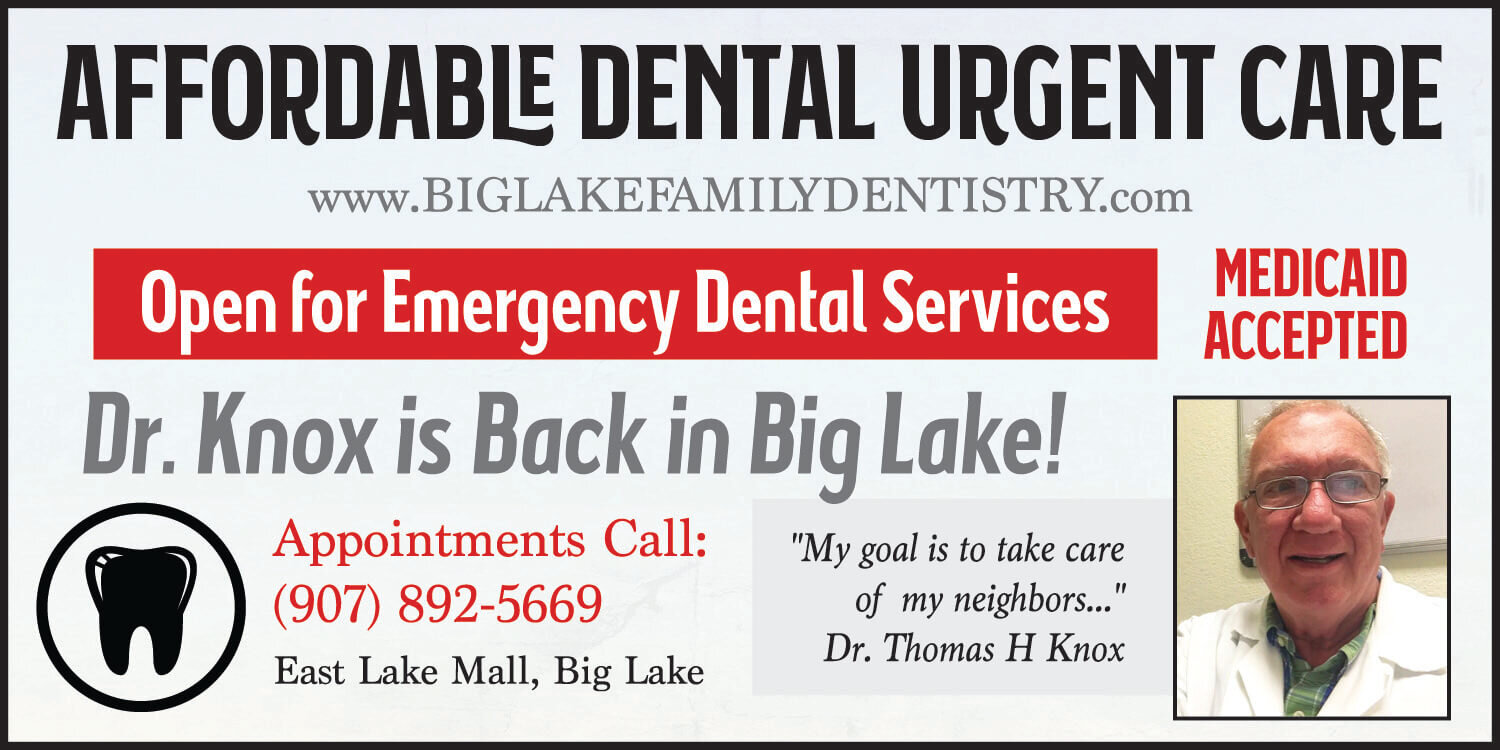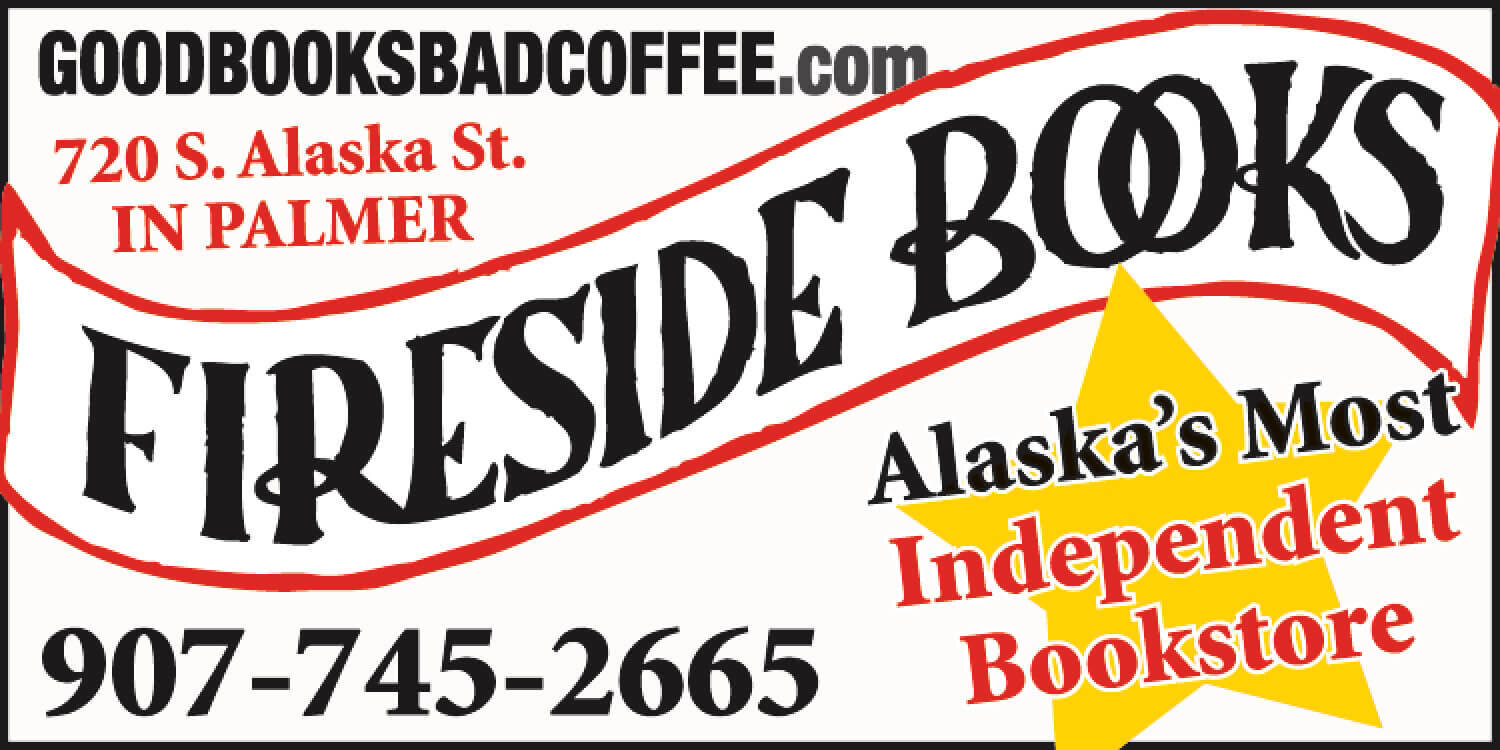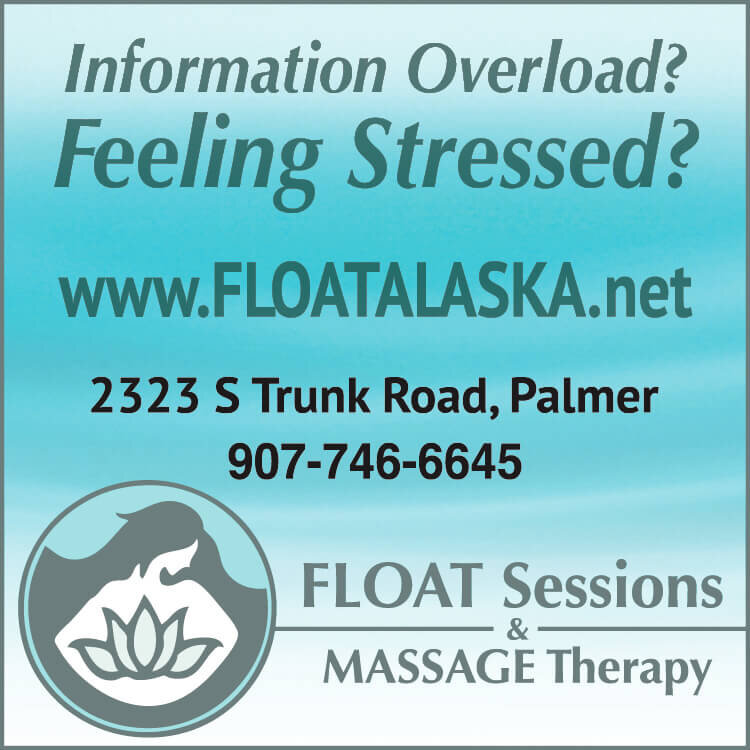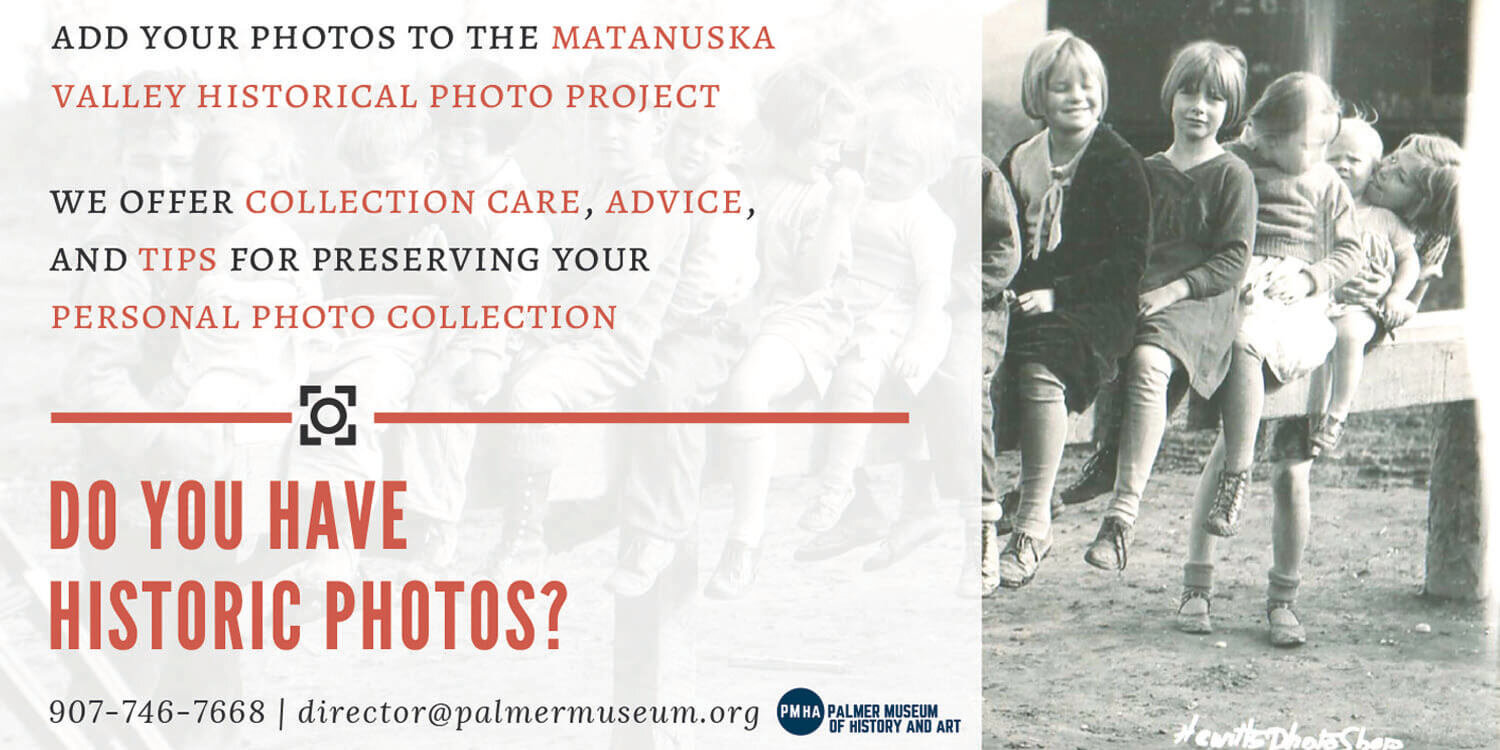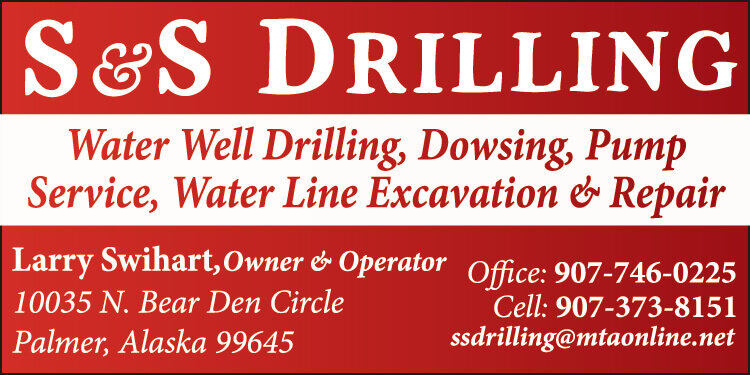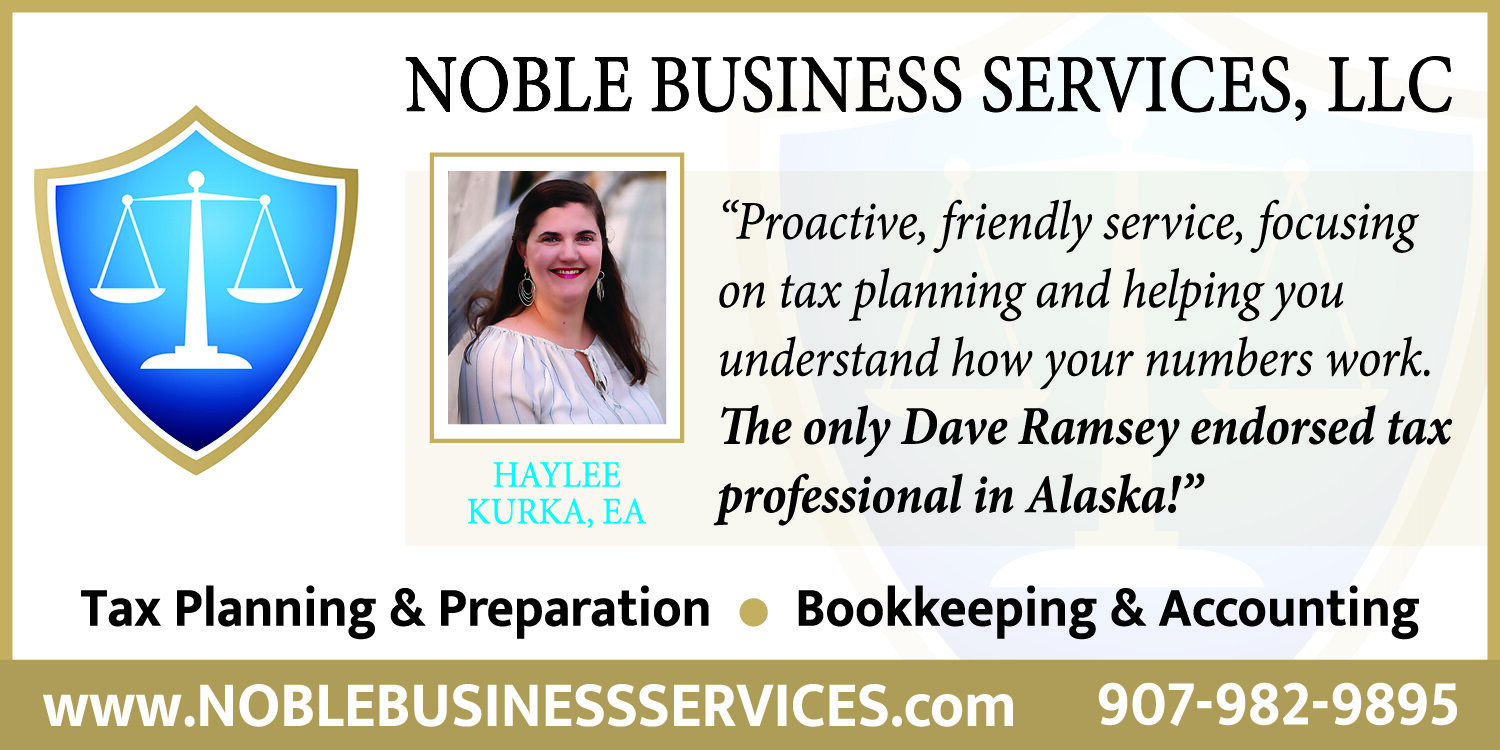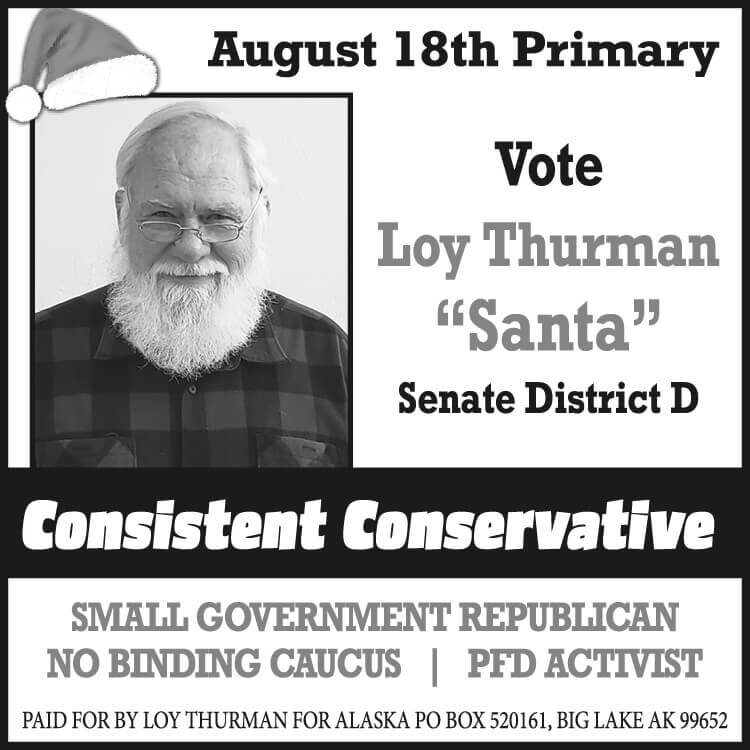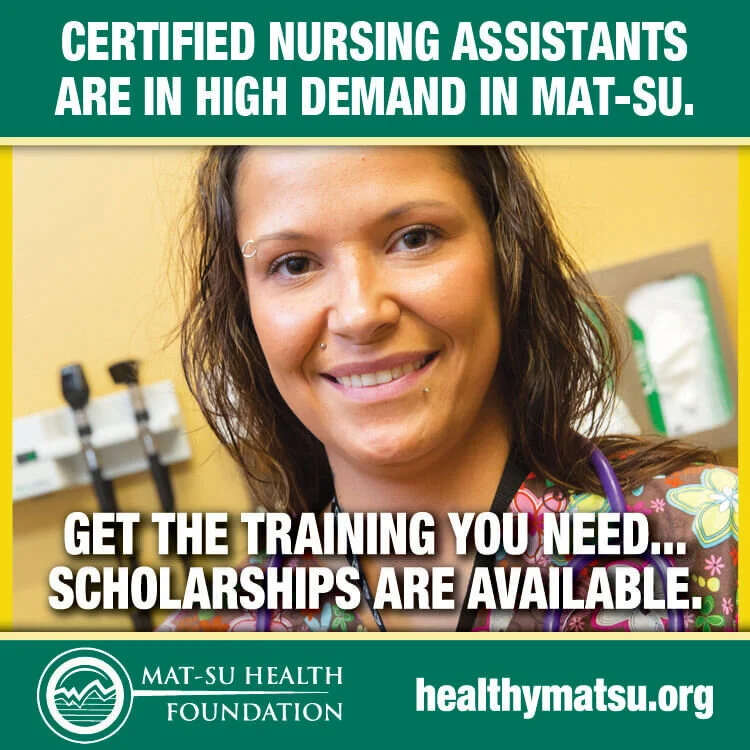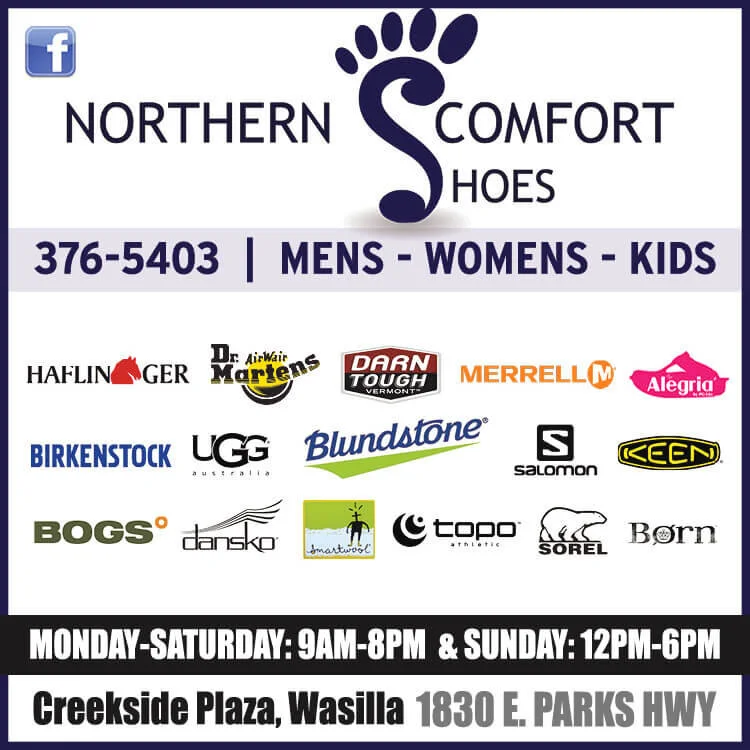Contributed by Jim Sykes
Last month in these pages, I wrote about the need for people to be able to ask questions and get actual facts about how healthy air levels in Butte might affect the community and people living in other areas in the Borough if healthy air violations continue. People have been asking.
About 50 people gathered at Butte elementary on January 22nd and were able to talk one-on-one with representatives from Alaska DEC, the Borough and the American Lung Association. After brief presentations, people's questions were answered and some expressed strong opinions, like usual. Additional questions are still being answered. After the meeting, some folks who had been critical of DEC or the Borough thanked them for coming. It was good to see honest dialogue from the community and officials.
There seems to be more understanding that the Butte has an air quality problem that needs to be dealt with locally and that enforcement by the EPA needs to be avoided. At the end of 2017, just a few additional violations could have triggered a “non-attainment” classification that could have forced the Borough into 20 years of onerous and expensive regulatory drudgery with the EPA.
Luckily, those violations didn't happen before the end of 2017. Then, 2018 was an excellent year, with only one violation. Was it the good weather? People burning drier wood? Fewer slash piles? All of the above? We don't know.
Now that we literally have a little breathing space, it’s a good time to find a solution that keeps air levels from exceeding healthy limits and avoids possible enforcement action by the federal EPA and state DEC.
Last December, the Borough Planning Commission began considering a proposal that asks people not to burn outside trash, slash and burn barrels and such when air quality alerts have been issued. The goal seeks to minimize adding unnecessary PM2.5 (extremely tiny smoke particles) into the air from outside burning when the air quality levels are already bad during an “air advisory alert” that tends to trap the particulates in the Butte area. This usually happens about two to four times during cold air months.
Another goal is to have a local solution that keeps healthy air levels from exceeding violation limits so that it does not trigger the federal EPA classification “non-attainment,” which would allow federal regulators to decide what steps need to be taken to remedy the violations in an area they define (Butte or larger areas of the Borough) for a period of 20 years.
By designating the Butte Air District and continuing air alerts and education as a prevention measure, the Borough gets a seat at the EPA table on behalf of residents. While EPA still has the final decision, the local efforts and designated air district give the Borough added leverage.
The proposal also protects Mat-Su residents' way of life, including their right to heat their homes with wood, and does not allow Borough regulation of wood stoves or other heating sources.
One Planning commissioner asked what would happen if the borough went into “non-attainment” and did not have an air quality program and left it up to the DEC?
Basically, EPA tells the state it needs to develop a “state improvement plan (SIP) for that area to improve air quality. EPA decides how much area will be included and also approves the required improvement plan for continued monitoring, enforceable actions and strategies for 20 years, which can be onerous and expensive.
Both Fairbanks and Juneau got larger areas designated by EPA than they wanted, but they didn't have a designated district or a prevention plan before they went into “non-attainment”. Leaving responsibilities to EPA and DEC is risky because they decide where and when to classify an area into non-attainment, and they don't have the local knowledge that the Borough has.
Because Mat-Su is currently “in attainment” and not forced into federal regulations, we have the opportunity to implement simple steps to avoid federal regulation and have healthier air. The Planning Commission proposal was approved unanimously and will be introduced at the Assembly on February 19th with its first public hearing probably on March 5th.
We simply need to find the best way. An ounce of prevention is worth a ton of EPA cure.
Jim Sykes serves as a Member of the Mat-Su Borough Assembly and the opinions expressed are his own.
